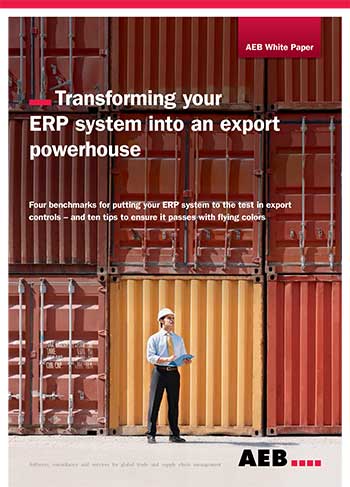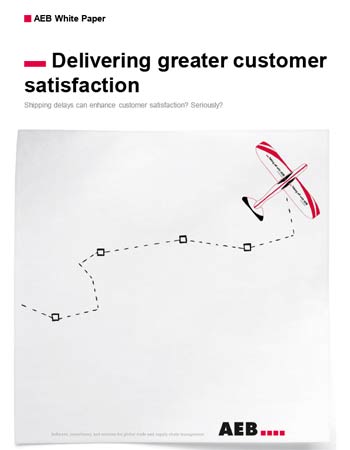The Supply Chain Symphony - Orchestrating Cloud and Mobile Technologies


Cloud and Mobile Technologies harmonise, and can be considered with other platforms and applications as being similar to the orchestra’s percussion and bass sections. Like all good four part symphonies, the first movement delivers the reliable and robust platforms on which the success of everything else depends. Read on to discover how you can orchestrate your mobile and cloud technologies.
The second part of the composition focuses on the synchronisation required to create overall harmony (i.e. all key sections moving together without discord). In non-IT parlance, they need to provide a spontaneous and free-flow of information, with each other, each sending and receiving information at precisely the time it is required (or what IT buffs call ‘real-time data interchange’).
This once considerable challenge has been largely simplified by the introduction of the internet, which in CLOUD computing now forms the central data exchange and transmission mechanism. What’s extremely good about the internet is, of course, that it embodies an awful lot of highly complex technology, free of charge.
The most important third component is called ‘middleware’. Middleware conjures up an array of technical language and long winded explanation when its is no more than a translation mechanism, accepting information in many different language and translating them all, simultaneously, in a common language all can understand – akin to the normalisation of the various keys that are native to the various instruments in the orchestra.
The fourth part of the symphony ensures that all the instruments play from a standardised score. This simplification and standardisation of user interfaces lowers the cost of IT and allows personnel resources to be easily focused to where they are most cost effective, as they can all play the same symphony score, albeit on different instruments.
This type of thinking leaves all the risks of enabling, running, maintaining, and connecting the various components or instruments to each of the section leaders or suppliers while the overall strategic decisions is taken by the conductor – the supply chain orchestrator.
Business Benefits of the CLOUD Platform
This structure provides opportunity to run a ‘thin client’ (i.e. cheaper lighter end user devices that do not need significant computing power). Therefore devices are more portable and can be standardised across the organisation allowing users to be carry out multiple tasks, utilising the same piece of equipment in various jobs.
The streamlining of the multitude of operational devices that pervade the industry e.g. RF and RFID scanners, route-planning systems, tough laptops, smart-phones, tablets, POD devices into a single device lowers lifetime costs of ownership and enables greater flexibility when assigning workforce tasks.

Want more like this?
Want more like this?
Insight delivered to your inbox
Keep up to date with our free email. Hand picked whitepapers and posts from our blog, as well as exclusive videos and webinar invitations keep our Users one step ahead.
By clicking 'SIGN UP', you agree to our Terms of Use and Privacy Policy


By clicking 'SIGN UP', you agree to our Terms of Use and Privacy Policy
Other content you may be interested in
Categories

Want more like this?


Want more like this?
Insight delivered to your inbox
Keep up to date with our free email. Hand picked whitepapers and posts from our blog, as well as exclusive videos and webinar invitations keep our Users one step ahead.
By clicking 'SIGN UP', you agree to our Terms of Use and Privacy Policy









